No. 7 - On Location in Tucson
Debrief of filming a Pharma Commercial in the West.
Welcome in—please take off your shoes! Two weeks ago, I touched down in beautiful Tucson, Arizona, to direct a short piece for a major pharmaceutical company. That’s about all I’m at liberty to say about the subject matter, but needless to say, after getting the initial call in mid-December, being awarded the job and starting prep in early January, then scouting in early February and refining the shot list right up until the shoot, we were more than ready to get after it.
I’d be working with my first-call DoP and good bud, Jared Levy, to make this thing happen. As mentioned, Jared and I were able to scout and lock in our locations a month in advance, so we had a solid game plan heading into what was scheduled to be a two-day shoot.
After landing, we checked into The Arizona Inn and then headed out with the EP and Line Producer to go over a step-by-step game plan for a scene we’d be shooting on the morning of our second shoot day—our talent and her friend exploring the Barrio Viejo neighborhood, adjacent to downtown Tucson. We arrived about 20 minutes before sunset and mapped everything out pretty quickly.
Barrio Viejo is a collection of adobe-style homes that have been renovated on the inside while maintaining their colorful character on the outside. I wish we’d been able to shoot this scene at this time of day—lighting is at its peak when it’s low here—but our schedule didn’t allow for it. We needed to be at a desert vista location for our martini shot at sunset on day two.
Pre-light
Our second day in town was a pre-light day for Jared and an agency/client scout + pre-pro meeting for me. Having worked with Jared so much over the years, we’re always on the same page about how we want things to look. We also had plenty of time during pre-pro to discuss the aesthetics of this piece and the different ways we wanted to execute the creative from a visual standpoint.
This level of prep—which is the right amount of prep—makes a huge difference as a director. It allows me to focus solely on the narrative and creative, knowing that the visual approach is already dialed in. Unfortunately, given the state of the industry, we’re not always given the time to prepare at this level.



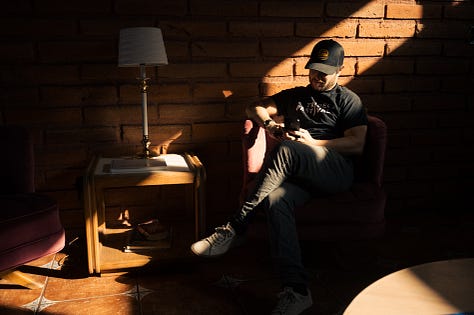
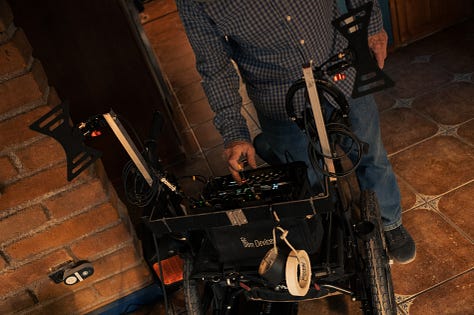

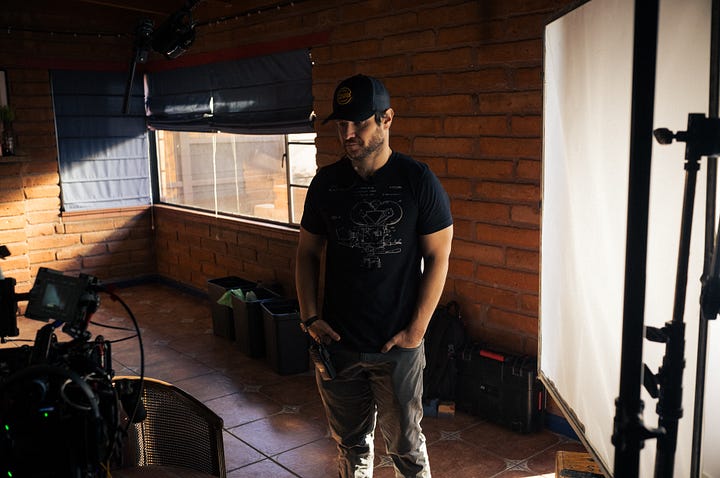
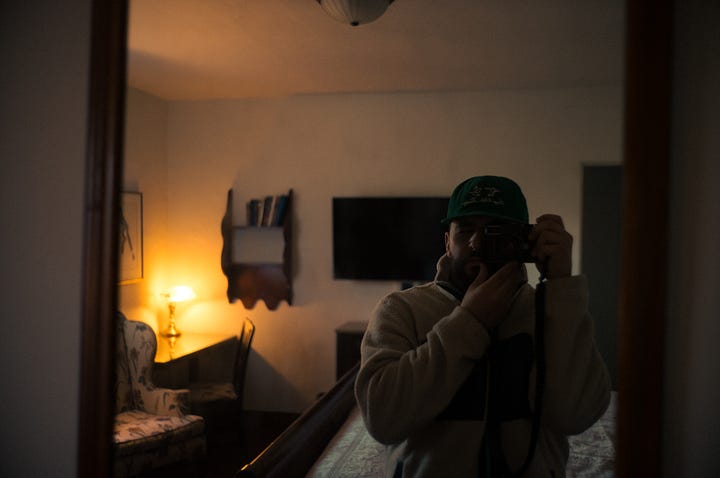
Day 1
We kicked off shoot day one with our talent’s interview, which took up most of the morning. It was a bit strange for me because I wasn’t the interviewer this time—an aspect of doc-style commercial filmmaking that I really enjoy. However, with pharma work, the questions are often so specific that the client and agency typically prefer to have someone internal conduct the interview.
What I focused on instead was whether we were getting enough connective tissue and emotional hooks—soundbites the editor could use to craft something poignant and emotive. Whenever I felt the interview was leaning too heavily on facts or becoming repetitive, I had opportunities to step in and ask more personal, emotionally driven questions to help round out the story.
From there, we moved into scene work for the rest of the day. All in all, I felt really great about how our first shoot day went. Between the client and agency, we had about 13 stakeholders in video village, while our crew was another 12–14 people.
We were filming at a house location, and what could have felt like a crowded, chaotic day in a smaller space ran incredibly smoothly—thanks to great producing and our crew’s efficient use of time.
Day 2
We kicked off shoot day two in wardrobe and makeup with our talent and client. From there, we began rolling in the Barrio Viejo neighborhood, capturing a walk-and-talk scene with our talent and a friend as they presumably made their way to our second location—an open-air farmers market.
We broke for lunch at a spot just steps from the market, where we’d be filming our next scene. After wrapping there, we moved on to the first half of our final scene of the day: running coverage through the Sonoran Desert. By the time talent arrived and went through a wardrobe change, we had just about an hour to capture everything we needed. Fortunately, with all the prep time we’d put in—and having shot two running films with Jared in the last couple of years—we got what we needed and moved on to our final location: a series of sunset vista shots where our talent would be presumably ending their run.
That’s when we ran into our first—and really, our only—major issue of the shoot. The Alexa 35 we’d been shooting on for the last day and a half bricked.
From roughly 5:00 p.m. to 6:30 p.m., our camera team was troubleshooting an issue with the Alexa 35—eventually getting on the phone with a tech at Arri Burbank. Unfortunately, the issue wasn’t fixable on location. It had nothing to do with our crew; it was determined to be an internal hardware failure. Just bad luck. And with that, we lost our martini shot on day two.
Fortunately, Jared, our Line Producer, and I moved quickly to adjust. We rebooked our flights, confirmed an extra shoot day with our talent, and arranged to return to the same scenic vista location the next day (Friday) to capture the final shot. I even had to reschedule moving houses, which had originally been planned for the day after I got home.
Within 20 minutes, flights were changed, extra hotel nights were booked, and the plan was locked. Client and agency were kept in the loop, and despite the gear failure, they were fully on board with the solution. It was a great example of quick problem-solving and keeping stress off the client’s plate—turning what could have been a disaster into just another day on set. It was also a great example of client and agency being completely supportive in a situation that could have been stressful for everyone involved. I’d attribute that to the rest of the shoot running extremely smoothly—it built trust and confidence across the board.
Day 2.5
An added benefit of having another afternoon with our talent was that we could push for more coverage on the running scene we’d only had an hour to shoot the day before. We knew the sun would be setting around 6:21 p.m., and talent had agreed to be called to location at 3:00 p.m., giving us a solid two hours to grab angles and coverage we otherwise wouldn’t have had the time for.
Jared and I, being of the same mind and wanting to showcase the landscapes our talent was running through, focused on capturing them weaving through the canyons and climbing up trails. We shot as wide as 18mm to emphasize the vastness of the environment and used the 125mm for some nice compression. Of course, we were now shooting on an Alexa Mini, as the Alexa 35 had been deemed unfixable and needed to be sent to Arri for repair. But regardless, we made the absolute most of our time out there.
The video above is Jared shooting out the card as the sun dipped behind the Santa Catalina Mountains. A fitting martini to a circuitous shoot.
Wrapping Out
“Debriefs” like this are something I’d like to continue working into the regularly scheduled programming of Ground(ed) Glass … not that there’s really any kind of regular schedule with this thing. You’ll notice that, for the most part, my focus in these articles will be on the shoot itself—less on the talent, product, or content, aside from specialty shots or setups we might try in the future.
I think, especially with doc work—even in a commercial context—it’s important to respect the anonymity of the client, talent, and anything that might be considered IP. The real value lies in the lessons learned and the experiences throughout, particularly when it comes to client and production dynamics.
Chat soon—and yes, I’m still working on that YouTube channel…


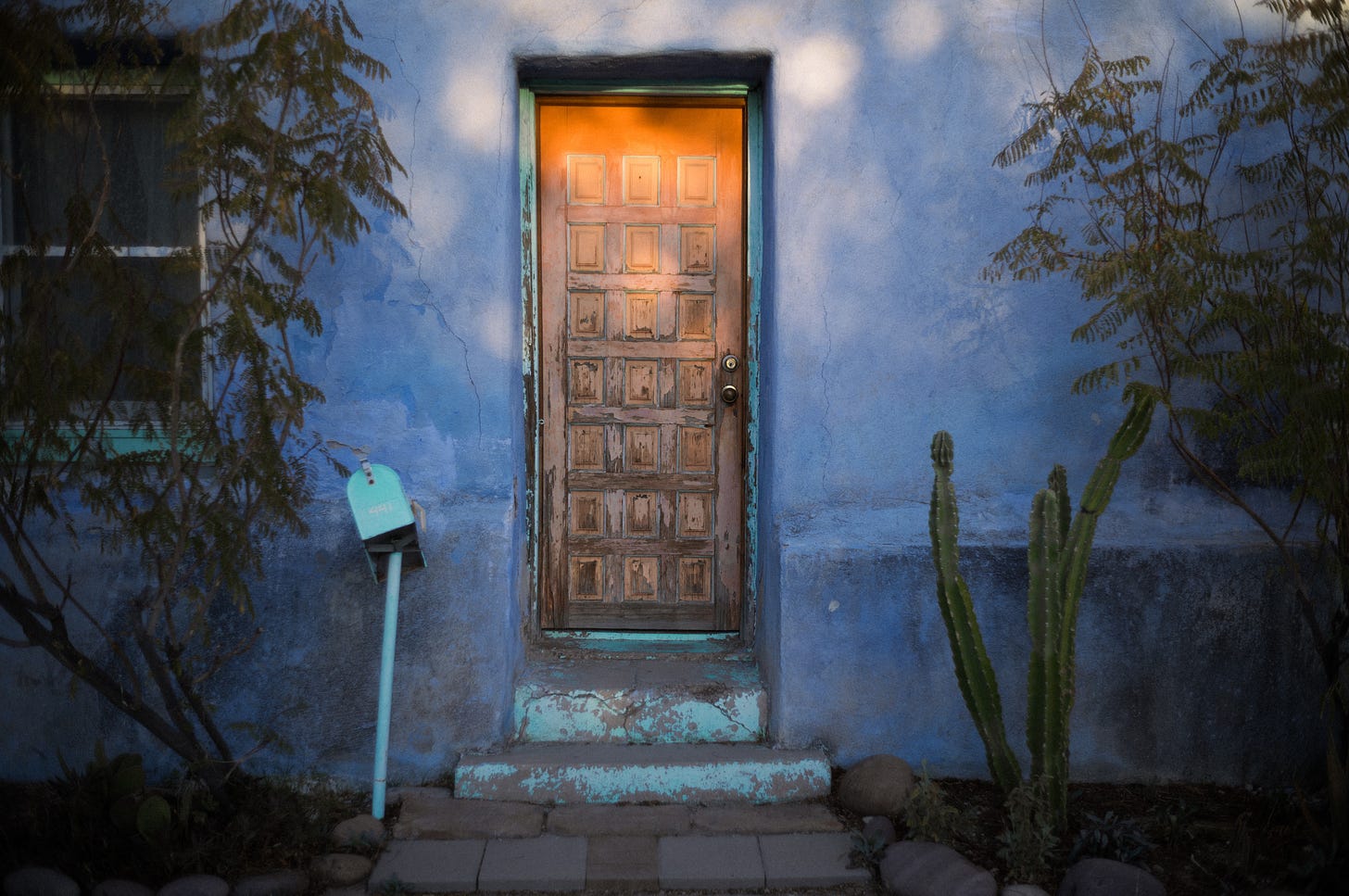

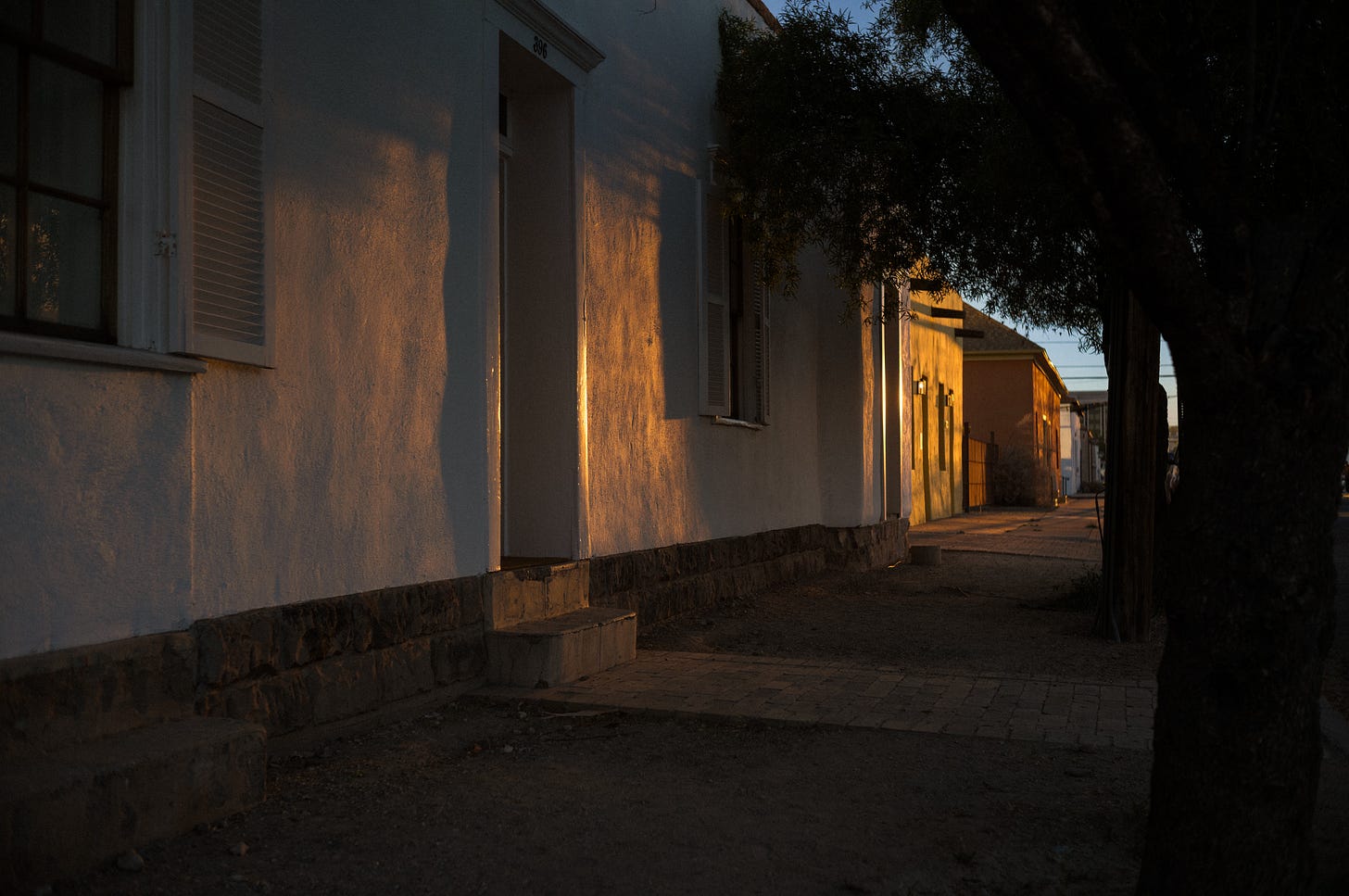
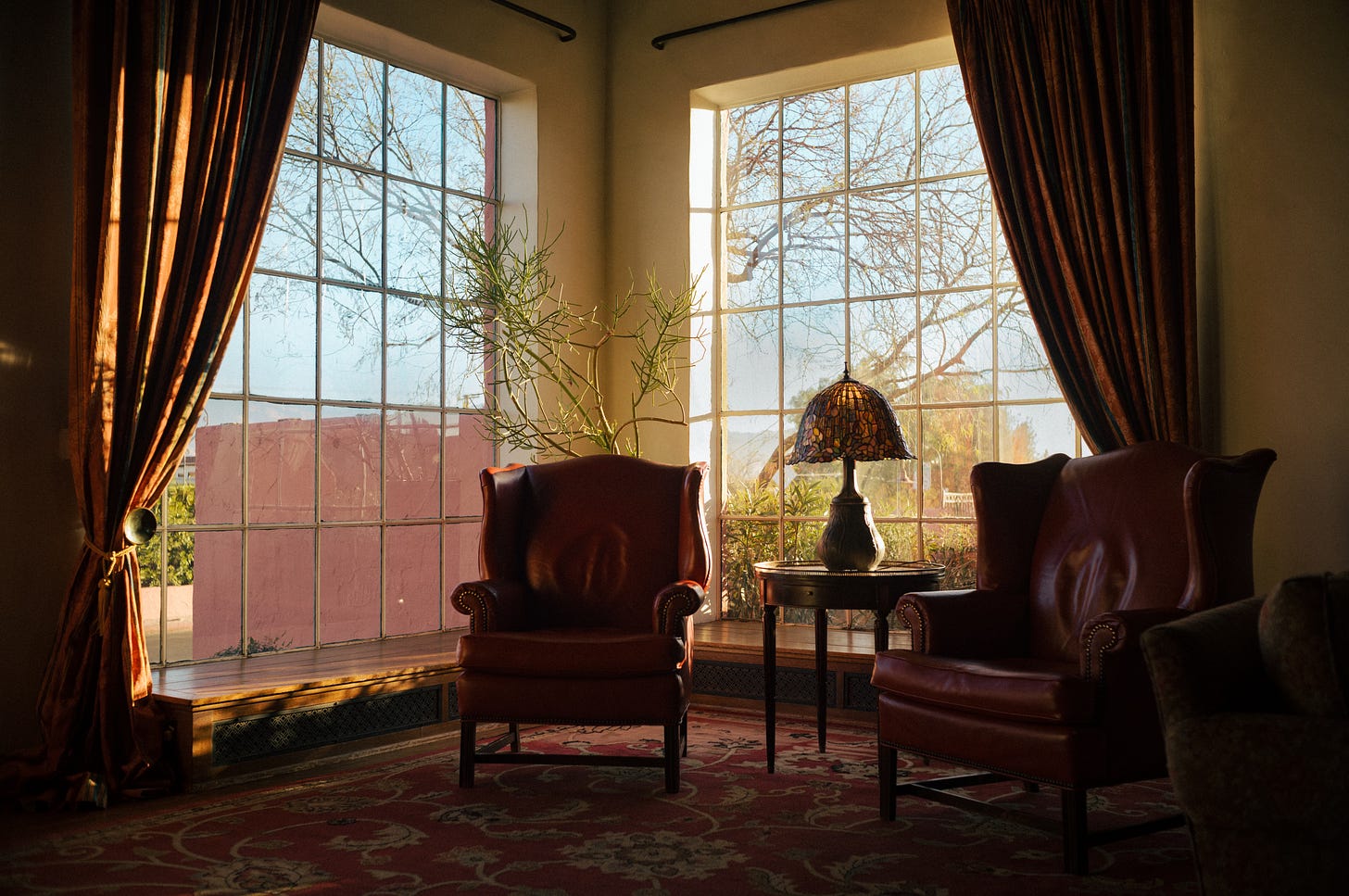


Interesting to hear how a potentially disastrous issue turned out ok due to quick thinking and everyone being agreeable with a solution!